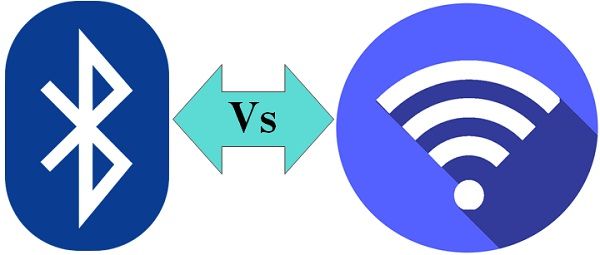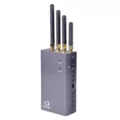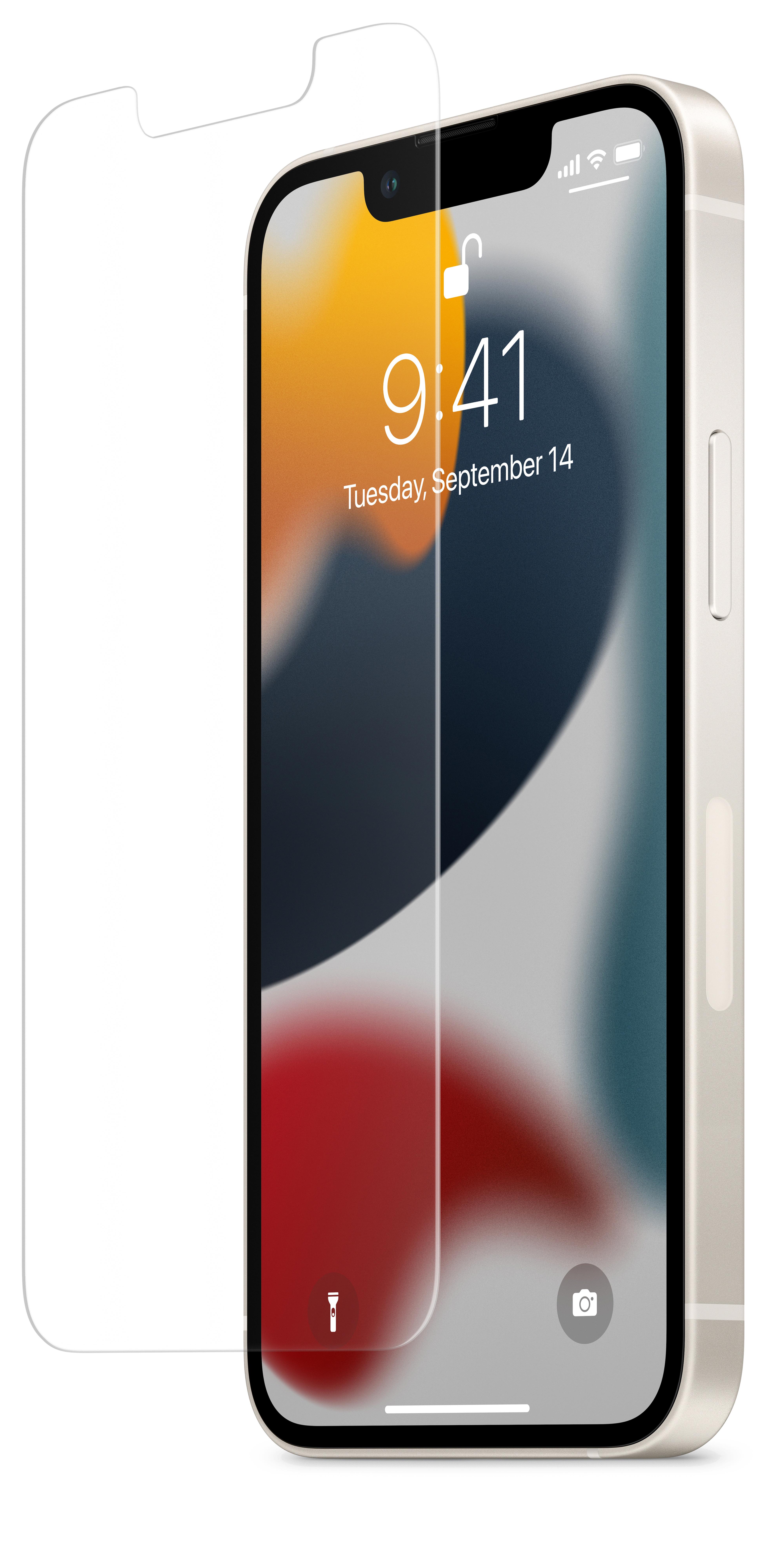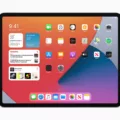Wireless technologies have revolutionized the way we connect with each other and access information. Two of the most popular wireless technologies are Wi-Fi and Bluetooth. While both these technologies use radio signals to send and receive data wirelessly, they serve different purposes and have unique features.
Wi-Fi, short for Wireless Fidelity, is a technology that allows devices to connect to the Internet and share data with each other over a wireless network. Wi-Fi networks are typically created using a wireless router or access point that broadcasts radio signals that devices can detect and use to connect to the network.
One of the main advantages of Wi-Fi is its speed. Wi-Fi networks can provide high-speed Internet access that can support multiple devices simultaneously. The latest Wi-Fi standard, Wi-Fi 6, can provide speeds of up to 10 Gbps, making it ideal for streaming high-definition video, online gaming, and other data-intensive activities.
Bluetooth, on the other hand, is a wireless technology that allows devices to connect with each other in short-range. Bluetooth devices typically have a range of around 30 feet and can transfer data at speeds of up to 3 Mbps. Bluetooth is commonly used for connecting devices such as smartphones, tablets, and laptops with other devices such as wireless headphones, speakers, and smartwatches.
One of the advantages of Bluetooth is its low power consumption. Bluetooth uses very little power, making it ideal for devices such as wireless headphones that run on batteries. Additionally, Bluetooth does not require an Internet connection, making it ideal for transferring data beteen devices in areas where Wi-Fi is not available.
While Wi-Fi and Bluetooth have different strengths and weaknesses, they do sometimes serve similar functions. For example, both technologies can be used for streaming audio and video content wirelessly. However, Wi-Fi is generally better suited for streaming high-quality content, while Bluetooth is ideal for streaming audio content in areas where Wi-Fi is not available.
Wi-Fi and Bluetooth are two of the most popular wireless technologies that we use in our daily lives. While they do have some similarities, they serve different purposes and have unique features. Whether you need high-speed Internet access or a low-power wireless connection for your devices, both Wi-Fi and Bluetooth offer excellent wireless connectivity options.

The Benefits of Using WiFi Bluetooth
WiFi and Bluetooth are wireless technologies that enable devices to communicate with each other without the need for physical cables or wires. WiFi, short for Wireless Fidelity, is a technology that allos high-speed internet access and data transfer between nearby devices. It works by using radio waves to transmit data between devices, typically over a distance of up to several hundred feet. WiFi technology is commonly used in homes, offices, and public spaces to connect devices to the internet and share data between devices.
Bluetooth, on the other hand, is a wireless technology that is used to connect devices over a short range, typically up to 30 feet. It is commonly used in wireless headphones, speakers, keyboards, and other peripheral devices. Bluetooth technology uses radio waves to transmit data between devices in a secure and efficient manner.
WiFi and Bluetooth are two important wireless technologies that have revolutionized the way we communicate and access information. Both technologies are essential in today’s digital world, and they are widely used in a variety of applications, from smartphones and laptops to home automation and Internet of Things (IoT) devices.
Comparing Bluetooth and WiFi
When it comes to choosing between Bluetooth and Wi-Fi, it depends on what you want to do. Both technologies have their own advantages and disadvantages.
In terms of speed, Wi-Fi is much faster than Bluetooth. Wi-Fi has a maximum speed of at least 54 Mbps, whle Bluetooth has a maximum speed of only 3 Mbps. This means that Wi-Fi is better suited for transferring large amounts of data quickly, such as streaming video or downloading files.
On the other hand, Bluetooth is typically used for transferring small chunks of data, such as the numerical values from IoT sensors. It is also more power-efficient than Wi-Fi, which means that it is better suited for devices that run on battery power, such as smartphones and wearables.
Another factor to consider is range. Bluetooth has a shorter range than Wi-Fi, typically up to 30 feet, while Wi-Fi can reach up to 300 feet. This means that Wi-Fi is better suited for larger spaces or outdoor areas.
Security is also an important consideration. Wi-Fi is generally considered to be more secure than Bluetooth, as it uses encryption to protect data transmissions. However, Bluetooth has improved its security features in recent years, and newer versions of Bluetooth (such as Bluetooth 5.0) offer stronger encryption protocols.
The choice between Bluetooth and Wi-Fi depends on your specific needs. If you need to transfer large amounts of data quickly, or need a longer range, Wi-Fi is the better choice. If you need to transfer small amounts of data, or need a more power-efficient option, Bluetooth may be the better choice.
Difference Between Wi-Fi and Bluetooth
Wi-Fi and Bluetooth are two wireless communication technologies that serve different purposes. Wi-Fi is primarily used for connecting devices to the Internet while Bluetooth is used for short-range data transfer between devices.
Here are some key differences between Wi-Fi and Bluetooth:
1. Range: Wi-Fi has a much longer range than Bluetooth. Wi-Fi signals can typically travel up to 100 meters outdoors and 30 meters indoors, while Bluetooth signals have a range of about 10 meters.
2. Speed: Wi-Fi is generally faster than Bluetooth. The latest Wi-Fi standard, Wi-Fi 6, can deliver speeds of up to 9.6 Gbps, while the latest Bluetooth standard, Bluetooth 5, can deliver speeds of up to 2 Mbps.
3. Power consumption: Bluetooth uses much less power than Wi-Fi. This makes it ideal for battery-powered devices like smartphones and headphones.
4. Security: Wi-Fi has more advanced security features than Bluetooth. Wi-Fi networks can use WPA2 encryption, while Bluetooth uses a less secure encryption standard.
5. Use cases: Wi-Fi is used for connecting devices to the Internet, while Bluetooth is used for short-range data transfer between devices. Wi-Fi is commonly used in homes, offices, and public places, while Bluetooth is used in headphones, speakers, and oter devices that require short-range connectivity.
Wi-Fi and Bluetooth are two different wireless communication technologies that serve different purposes. Wi-Fi is used for connecting devices to the Internet, while Bluetooth is used for short-range data transfer between devices.
Can Bluetooth Replace WiFi?
Bluetooth and Wi-Fi are two different wireless communication technologies and cannot be used interchangeably. Bluetooth is primarily designed for short-range communication between devices, whereas Wi-Fi is intended for high-speed data transmission over a longer distance. Although both technologies use radio waves to transmit data, they operate on different frequencies and have different strengths and weaknesses. Bluetooth is commonly used for connecting peripheral devices like headphones, speakers, and smartwatches to a smartphone or computer, whie Wi-Fi is used for internet connectivity, video streaming, and file sharing. While some devices may be able to connect to both Bluetooth and Wi-Fi networks, the two technologies cannot be used interchangeably as they serve different purposes.
Conclusion
Wi-Fi and Bluetooth are two distinct wireless technologies that serve different purposes. While Wi-Fi is primarily used for high-speed internet access and allows devices to connect to the internet, Bluetooth is used for short-range data transfer between devices withut the need for internet access. The key difference between the two technologies is their speed, with Wi-Fi offering much faster transfer rates than Bluetooth. Both technologies have their own unique advantages and applications, and understanding their differences can help individuals and organizations choose the best technology for their specific needs. Regardless of which technology is used, it is clear that wireless communication has revolutionized the way we connect and interact with devices, and will continue to play a vital role in our daily lives.








